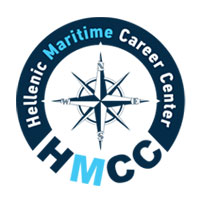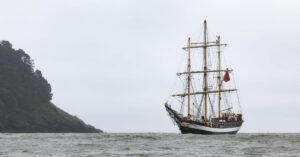
130-Foot Tug Sinks In Bremerton Marina, Releasing Thousands Of Gallons Of Diesel & Oil
September 22, 2025
Over 60 Nations Ratify First Legally Binding Treaty To Protect High Seas Marine Life
September 22, 2025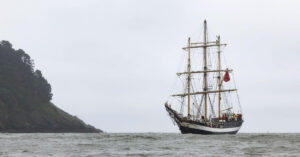
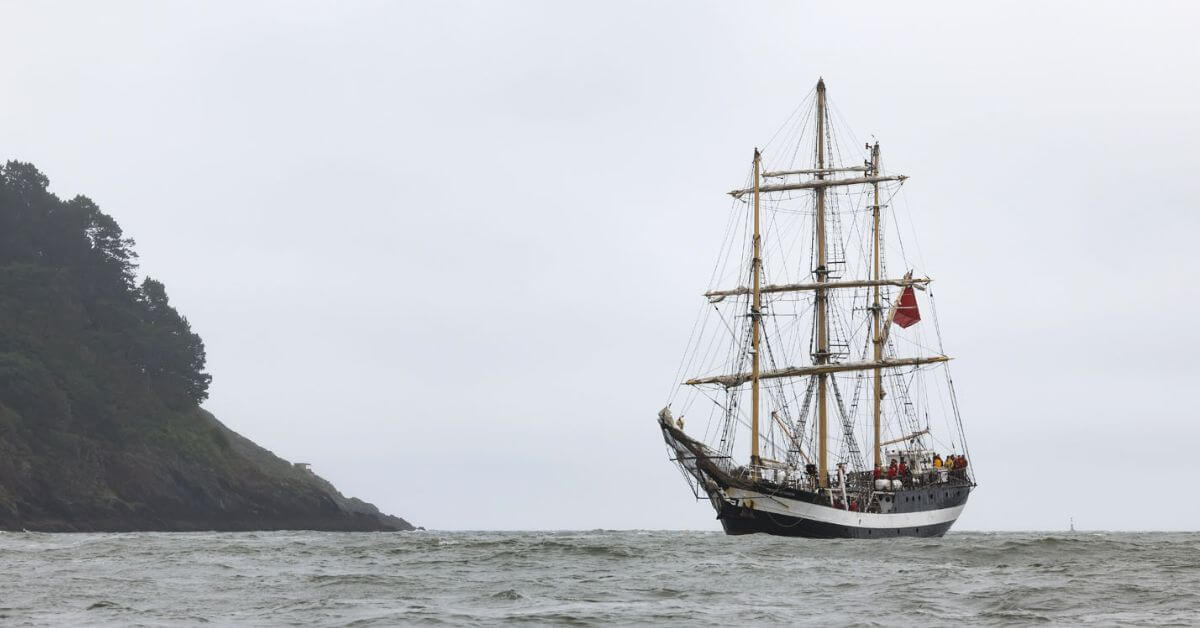
The Royal Navy is bringing back traditional sail training for junior officers after decades to strengthen navigational skills, teamwork, and the sense of community essential for life at sea.
This year, trial voyages took place aboard the British-flagged square-rigged Sail Training Ship Pelican of London, where officers sailed in the Irish Sea and Bristol Channel, visiting Liverpool, Dublin, and Belfast. The initiative has received highly positive feedback from participants.
Lieutenant Commander David Carter, the Navy’s liaison officer with the Merchant Navy, said the Pelican of London provided a “fabulous” training environment, accommodating 32 trainees and four instructors at a time. He is planning to charter a similar vessel for nine months in 2026, offering hundreds of trainee officers and sailors a unique introduction to life at sea before starting demanding warfare courses.
With limited training space on modern warships, the Royal Navy uses tall ships to give officers hands-on experience in navigation, seamanship, and teamwork. Although they lack modern sensors and technology, the basics of seafaring remain the same. The experience also boosts morale and helps crews form strong bonds.
The latest group of junior officers from the Royal Navy and Royal Fleet Auxiliary recently sailed the Pelican of London into Dartmouth after battling a Force 8 gale in the English Channel. Captain Roy Love, the ship’s master, said life on the former post-World War II trawler is basic, but it teaches valuable lessons in seamanship and teamwork.
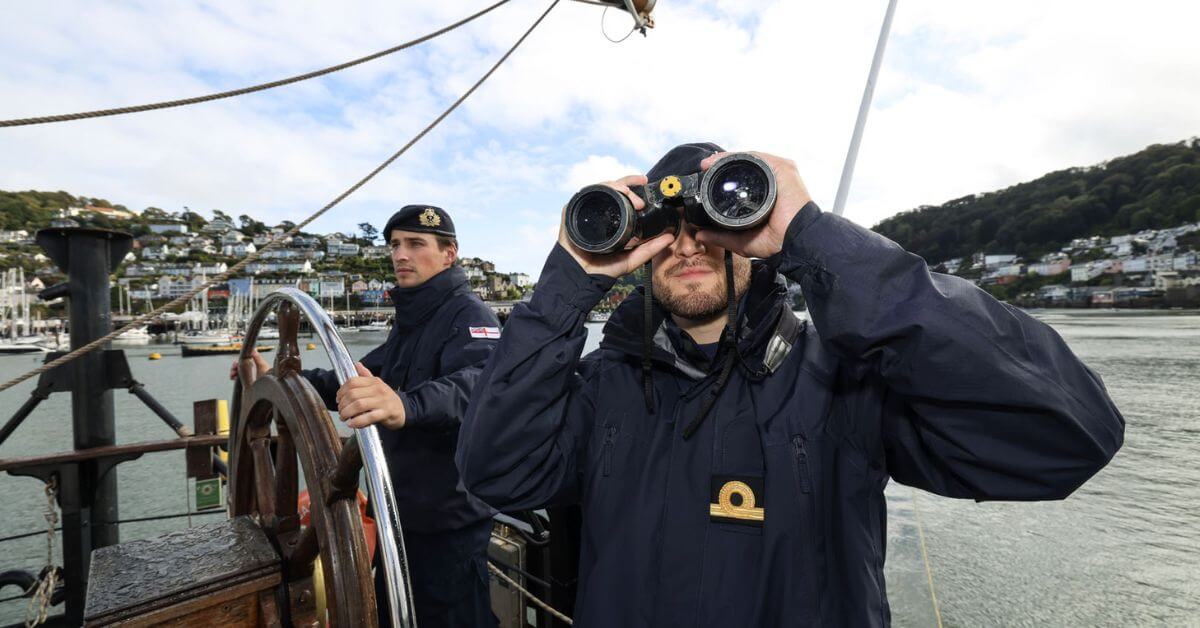
Sub Lieutenant Isaac Robinson, from Ramsgate, Kent, experienced seasickness on the Dublin voyage but described crewing the ship as an exhilarating introduction to life at sea.
Royal Fleet Auxiliary Cadet Adam Dennis, who had undergone six months of intensive college training but no prior sea experience, said the journey was rougher than expected but highly instructive, providing a chance to “jump in at the deep end” and quickly pick up skills.
Sub Lieutenant Joel Crownshaw said the ship’s moderate speed of about six knots created a calm environment for practicing decision-making and building confidence before moving on to larger, faster vessels. Training with both officers and ratings also gave a first experience in managing personnel and providing support, skills usually taught later.
Sub Lieutenant Hilton Forsyth praised the merchant crew for sharing practical skills, especially during navigation exercises that combined teaching, testing, and discussion. He described the sessions as memorable and highly beneficial for warfare officers.
The Pelican of London is a converted sail training vessel, originally built just after World War II as a trawler. Its mission is to teach young people and now junior Royal Navy officers, the fundamentals of living and working at sea, with minimal reliance on electronics. Officers gain hands-on experience in seamanship, navigation, and teamwork while enduring the challenges of life aboard a traditional sailing vessel.
The Royal Navy is bringing back sail training to give junior officers a solid foundation in traditional maritime skills, while also building morale, resilience, and camaraderie.
Reference: Royal Navy
Source: Maritime Shipping News

